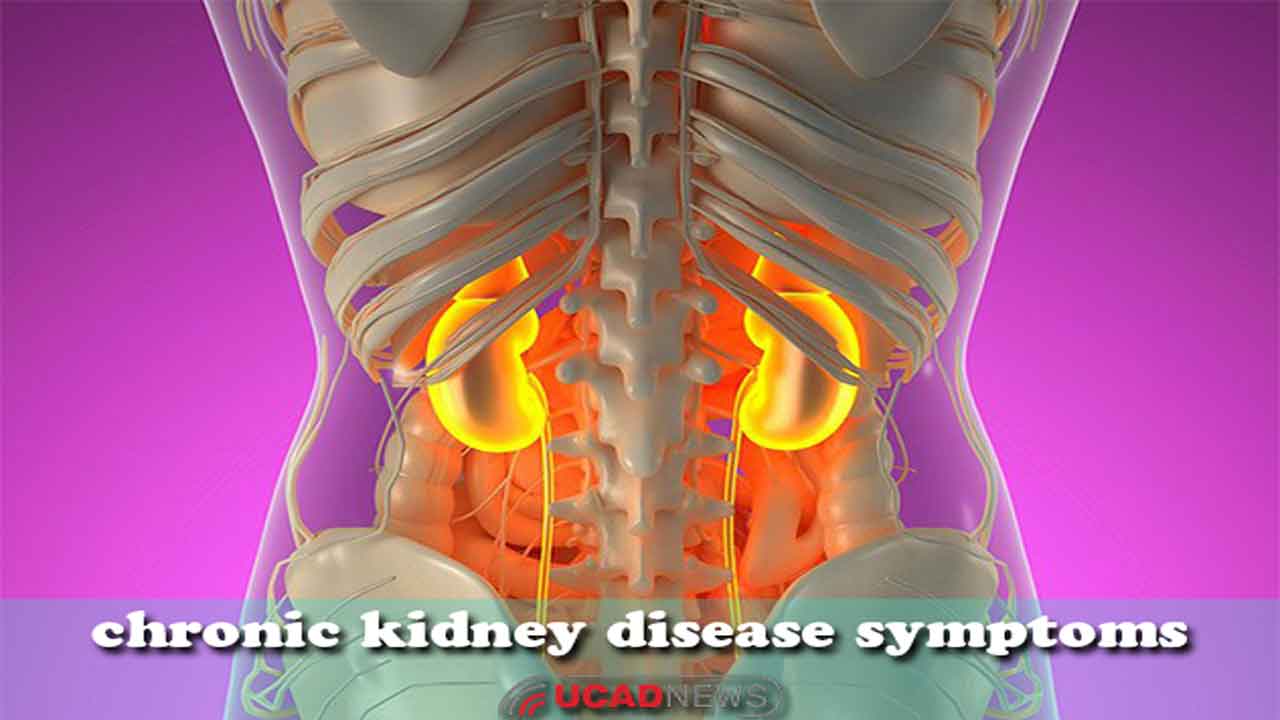Kidney Disease In the U.S., a third of Americans are at risk of chronic kidney disease, and age is a major factor. More than half of Americans over 75 are thought to have some sort of kidney damage. Here's what happens when you have it.
The kidneys are two bean-shaped organs, each about the size of a fist. They are located just below the rib cage, one on each side of your spine.
Healthy kidneys filter your blood, maintaining a healthy balance of water, salts, and minerals while expelling waste as urine. Without this balance, nerves, muscles, and other tissues stop working normally and can eventually fail. This is called Chronic Kidney Disease and it’s a growing global problem.
Learn More: WOMEN’S HEALTH INFORMATION
In the U.S., a third of Americans are at risk, and age is a major factor. More than half of Americans over 75 are thought to have some sort of kidney damage. Other risks include high blood pressure, diabetes, and family history.
So what happens when the kidneys stop performing their job? Unless a donor kidney can be found for a transplant - patients with kidney failure require dialysis.
When your kidneys fail, dialysis keeps your body in balance by–removing waste, salt, and extra water to prevent them from building up in the body—keeping a safe level of certain potassium, sodium, and other chemicals in your blood helping to control blood pressure Dialysis can be done in a hospital, in a dialysis center, or at home.
There are two different types of dialysis, hemodialysis and peritoneal dialysis. They both do the same thing—clean the blood of wastes and excess fluids. In hemodialysis your blood pumped out of your body through an artificial kidney and back. Blood goes out dirty and comes back clean. Peritoneal dialysis uses the inside lining of your abdomen as a natural filter, with cleaning fluids pumped in and out via catheter. This process must be repeated frequently and can sometimes take 3-4 hrs a session, several times a week.
Dialysis does not cure kidney disease and in the case of end stage kidney failure—a patient must remain on dialysis until a new kidney can be found. Advances in dialysis treatment mean that many patients can continue to live their lives and receive treatment anywhere life takes them —though disparities abound, particularly in the U.S.
Because risk factors are higher among minority communities in the U.S., they have between 1.5 to 4 times the chances of developing kidney failure compared to whites. And yet, studies show that despite having higher rates of chronic kidney disease treatment, racial and ethnic minorities often struggle to afford dialysis. They also wait longer for transplants than their white counterparts.
Learn More: MALE BOSSES TOWARD DEPRESSION
Meanwhile, the dialysis industry has evolved from the small, independent clinics of the 1970s, into a massive for-profit industry that some critics say is rife with potential conflicts.
Currently, two massive companies—DaVita and Fresenius—own more than 80 percent of all dialysis centers in the U.S. Critics say this makes it hard for smaller dialysis centers to compete, hindering innovation.
Some studies also suggest that after a large corporation buys a small dialysis facility, hospitalizations go up and treatment quality goes down.
But for those with chronic kidney disease, there is really only one option: stay in the system, stay on dialysis, wait for a kidney—or die.


Post a Comment